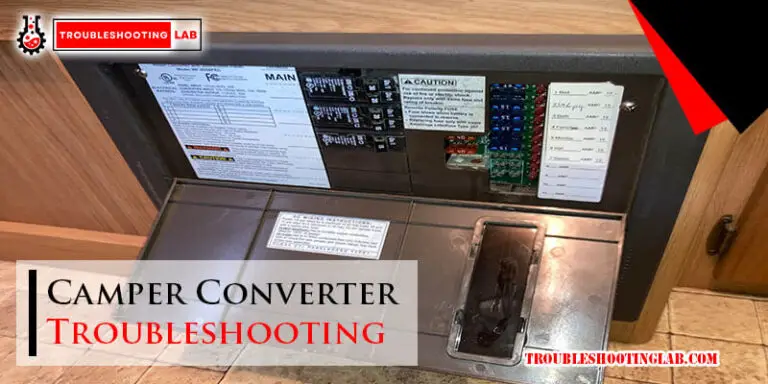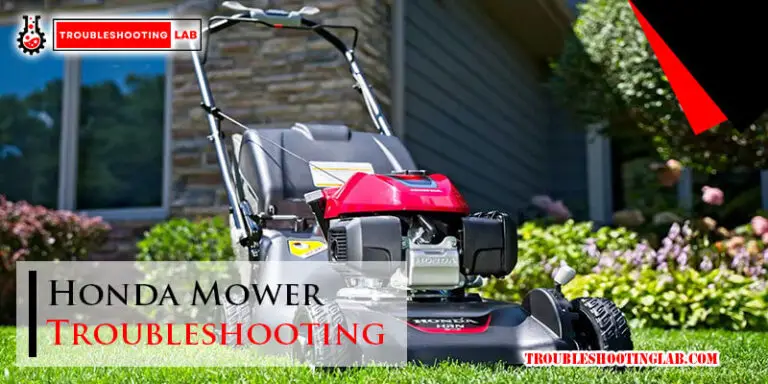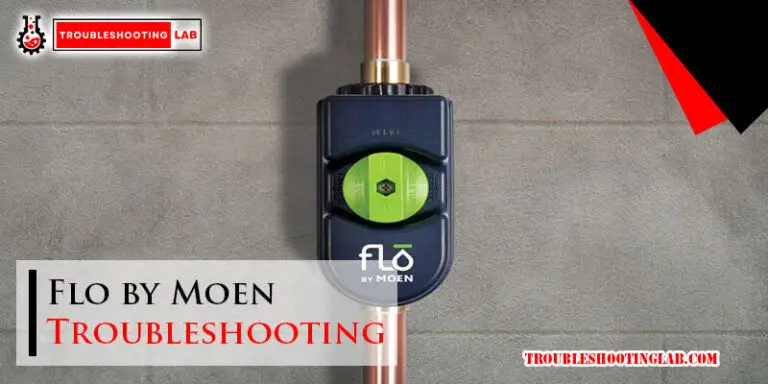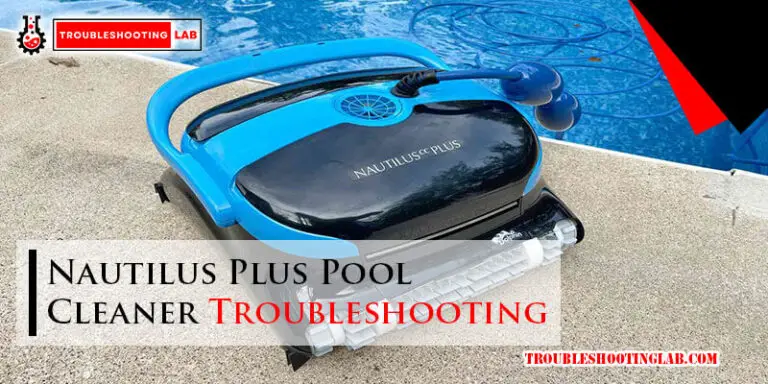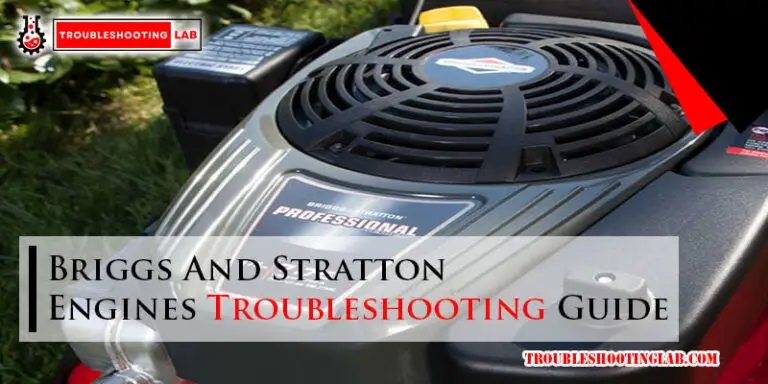Fisher Snow Plow Troubleshooting: Quick Fixes for Common Issues
Winter weather can be tough on snow plows. Fisher snow plows are reliable, but they can face issues.
Knowing how to troubleshoot can save time and money. Snow plows are essential for clearing roads and driveways. But, like any machine, they can have problems. This guide will help you understand common issues with Fisher snow plows. Whether it’s a malfunctioning hydraulic system or electrical problems, we cover it all.
Keep reading to learn how to identify and fix these issues. This knowledge will ensure your snow plow works efficiently throughout the winter season. So, let’s dive into troubleshooting your Fisher snow plow.
Introduction To Fisher Snow Plows
Fisher snow plows are vital for snow removal in winter. They offer reliability and durability. Knowing how to troubleshoot these plows is essential for smooth operations.
Brief History
Fisher Engineering, a leading snow plow manufacturer, started in 1948. They began in Rockland, Maine, and quickly became industry leaders. Fisher’s innovation and quality set them apart. Their plows became popular for commercial and personal use. Over decades, Fisher continued to improve their products. Today, they are synonymous with top-notch snow removal equipment.
Key Features
Fisher snow plows boast several key features. They have durable steel construction, ensuring long life. Their hydraulic systems offer smooth plow operations. The trip-edge design protects the plow and vehicle. Many models come with advanced controls for easy use. Fisher plows also feature robust mounting systems. These systems allow quick attachment and detachment. Additionally, Fisher offers a variety of plow sizes. This range meets different snow removal needs.
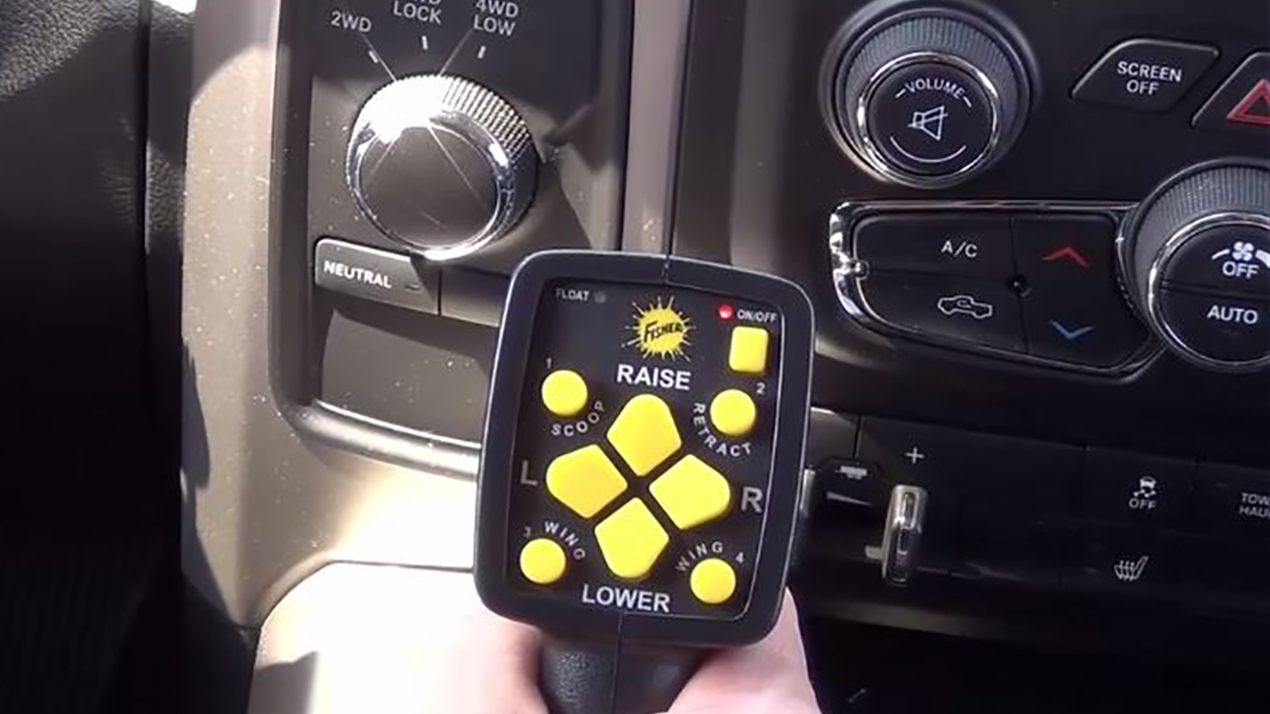
Credit: fisherplows.com
Diagnosing Electrical Issues
Fisher snow plows are reliable, but electrical issues can arise. Diagnosing these problems can save time and frustration. This guide covers common electrical issues, helping you get your plow back to work.
Battery Problems
The battery is crucial for your snow plow’s operation. A weak or dead battery can cause the plow to stop working. Check the battery voltage with a multimeter. It should read around 12.6 volts when fully charged. If the reading is lower, recharge or replace the battery.
Corroded battery terminals can also cause issues. Clean the terminals with a wire brush. Ensure the connections are tight. Loose or dirty connections can prevent the battery from delivering power.
Wiring Faults
Wiring faults can disrupt the electrical system. Inspect all wires for damage or wear. Look for frayed wires, loose connections, and broken insulation. Repair or replace any damaged wires to restore proper function.
Check the connectors and plugs for corrosion. Clean them if needed. Corroded connectors can interrupt the electrical flow. Ensuring all connections are secure is vital for smooth operation.
Hydraulic System Troubles
Dealing with hydraulic system troubles in your Fisher Snow Plow can be frustrating. Understanding the common issues can save you time and money. Two frequent problems are fluid leaks and pressure loss. Let’s delve into these issues to help you troubleshoot effectively.
Fluid Leaks
Fluid leaks are a common hydraulic system problem. They can cause significant performance issues. First, inspect the hoses and fittings. Look for visible cracks or wear. Loose connections can also lead to leaks. Tighten any loose fittings you find. If the leak persists, the issue might be with the seals. Seals can wear out over time. Replacing them often resolves the problem.
Pressure Loss
Pressure loss is another hydraulic system trouble. It can make your snow plow less effective. Start by checking the hydraulic fluid level. Low fluid can cause pressure issues. If the fluid level is fine, inspect the pump. A worn or damaged pump can reduce pressure. Sometimes, the problem lies with the hydraulic cylinder. A faulty cylinder can lead to pressure loss. Replacing the pump or cylinder might be necessary.
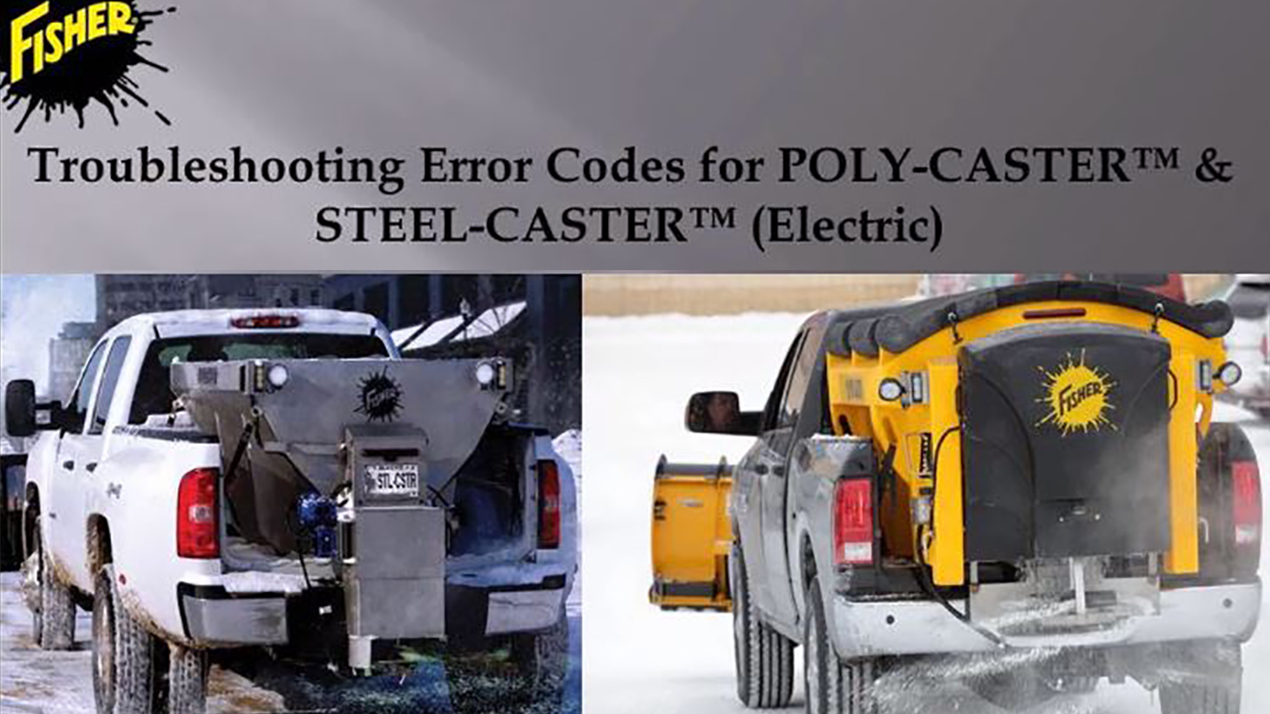
Credit: fisherplows.com
Blade Movement Problems
Fisher snow plows are essential tools for clearing snow. Blade movement problems can make your task harder. Understanding these issues helps keep your plow in top shape. This section covers common blade movement problems and their solutions.
Blade Stuck
A stuck blade can halt your snow plowing work. Check for hydraulic fluid levels first. Low fluid can cause the blade to freeze in place. Also, inspect hoses for leaks or damage. Damaged hoses can prevent fluid from reaching the blade. Ensure all connections are tight and secure. Loose connections can disrupt the flow of hydraulic fluid. Debris or ice buildup around the blade can also cause it to stick. Clear any obstructions to restore movement.
Irregular Movement
Irregular blade movement can affect your snow plowing efficiency. Check the hydraulic fluid for contamination. Dirty fluid can cause jerky or uneven movements. Replace the fluid if it looks dirty or contains particles. Inspect the hydraulic pump for wear or damage. A failing pump can cause inconsistent blade movement. Ensure all electrical connections are clean and tight. Loose or corroded connections can disrupt the blade’s control signals. Regular maintenance helps prevent these issues.
Controller Malfunctions
Experiencing controller malfunctions with your Fisher snow plow can be frustrating. Knowing how to troubleshoot these issues can save time and money. This section will discuss two common problems: unresponsive controls and faulty wiring.
Unresponsive Controls
If your Fisher snow plow controller is not responding, there are a few steps you can follow:
- Check the power supply: Ensure the controller is receiving power. This can be done by checking the fuse or circuit breaker.
- Inspect the controller: Look for any visible damage or loose connections. Sometimes, a simple reconnection can solve the issue.
- Test the controller: Use a multimeter to verify that the controller is working correctly. If it is not, you may need a replacement.
These steps can help identify the problem source. If the issue persists, consult a professional technician.
Faulty Wiring
Wiring problems can cause your Fisher snow plow controller to malfunction. Here’s how to address faulty wiring:
- Inspect the wiring: Look for any frayed or damaged wires. Replace any damaged wires immediately.
- Check connections: Ensure all connections are secure. Loose connections can lead to controller malfunctions.
- Use a wiring diagram: Refer to your Fisher snow plow manual for the correct wiring diagram. This can help ensure all wires are correctly connected.
By following these steps, you can fix wiring issues that may cause controller malfunctions. Regular maintenance can also prevent future problems.
Mounting And Alignment Issues
Mounting and alignment issues can disrupt your snow plow’s performance. Proper mounting and alignment ensure smooth operation and longer life for your Fisher snow plow. Let’s explore some common issues related to mounting and alignment.
Incorrect Mounting
Incorrect mounting can cause several problems. Always follow the manufacturer’s instructions for mounting your Fisher snow plow. Incorrect mounting can lead to poor performance and damage.
- Loose bolts: Check all mounting bolts regularly. Tighten any loose bolts immediately.
- Improper height: Ensure the plow is mounted at the correct height. Incorrect height can cause uneven plowing.
- Mounting angles: Verify that the mounting angles are correct. Incorrect angles can lead to misalignment.
Misalignment
Misalignment can cause uneven plowing and additional wear on parts. Proper alignment is crucial for efficient plowing.
- Check blade alignment: Ensure the blade is aligned with the vehicle. Misaligned blades can cause uneven snow removal.
- Inspect mounting brackets: Make sure the mounting brackets are not bent or damaged. Damaged brackets can cause misalignment.
- Adjust the A-frame: The A-frame should be parallel to the ground. Adjust if necessary.
Regularly inspect and adjust your Fisher snow plow for mounting and alignment issues. This will ensure optimal performance and longevity.
Preventative Maintenance Tips
Maintaining your Fisher snow plow is essential. Routine checks help prevent breakdowns during heavy snowfall. Below are some key tips for keeping your plow in top condition.
Regular Inspections
Regular inspections are crucial. They help spot problems early. Inspect the plow before and after each use.
- Check for cracks or wear on the blade.
- Examine the hydraulic hoses for leaks.
- Ensure all bolts and pins are tight.
- Inspect the cutting edge for excessive wear.
Proper Lubrication
Lubrication keeps the moving parts of your plow working smoothly. Use the correct type of grease for your plow.
- Apply grease to all pivot points.
- Lubricate the hydraulic cylinders.
- Grease the hinge pins and trip springs.
Proper lubrication reduces wear and tear. It extends the life of your plow.
When To Seek Professional Help
Fisher snow plows are built to last. But they sometimes need repairs. Knowing when to seek professional help can save time and money. It can also prevent further damage. Here are some situations when it’s best to call an expert.
Complex Repairs
Some repairs are too complex for a DIY approach. If your snow plow has electrical issues, it’s best to seek professional help. Electrical systems are intricate. Incorrect repairs can lead to further damage.
Hydraulic problems are another example. These systems need precise adjustments. Incorrect repairs can lead to leaks or inefficient performance. Professionals have the tools and knowledge to fix them correctly.
Safety Concerns
Safety should always come first. If a repair involves heavy lifting, call an expert. Snow plows are heavy and can cause injuries if not handled correctly.
Working with sharp blades is another safety concern. Experts have the right gear to handle these situations safely. Protecting yourself from injury is worth the cost of professional help.
Finally, if you are unsure about any repair, seek help. It is better to be safe than sorry. Professionals can diagnose and fix issues safely and efficiently.

Credit: www.youtube.com
Frequently Asked Questions
Why Is My Fisher Snow Plow Not Lifting?
Check hydraulic fluid level. Low fluid can prevent lifting. Also, inspect for leaks and damaged hoses.
How Do I Fix A Fisher Plow That Won’t Angle?
Check for obstructions in the hydraulic lines. Ensure the pump is working. Inspect the angle cylinders.
What Causes Fisher Snow Plow Lights To Flicker?
Loose or corroded connections can cause flickering. Check the wiring and clean connections.
How Do I Troubleshoot A Non-responsive Fisher Plow Controller?
Verify the controller is connected properly. Check for blown fuses and inspect the wiring for damage.
Why Is My Fisher Plow Making A Grinding Noise?
A grinding noise may indicate worn or damaged parts. Check the gears and bearings for wear.
Conclusion
Proper troubleshooting of your Fisher snow plow ensures smooth winter operations. Regular maintenance reduces unexpected breakdowns and costly repairs. Keep an eye on common issues like hydraulic leaks and electrical faults. Always refer to your manual for specific solutions. Don’t hesitate to seek professional help if needed.
A well-maintained snow plow will serve you efficiently for years. Stay prepared, and keep your equipment in top shape. Happy plowing!

